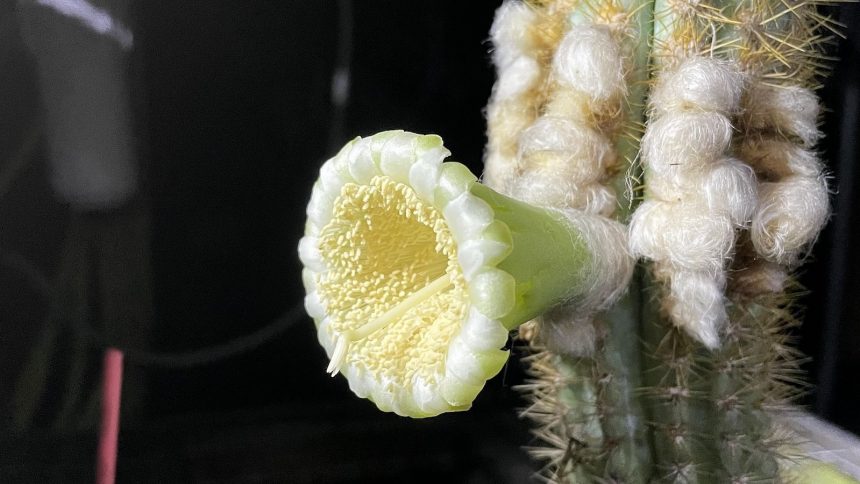James Lange recounts the moment when he and a group of botanists and conservationists gathered in Key Largo, Florida, facing the loss of the nation’s last stand of a rare cactus due to rising sea levels. They made the tough decision to move the remaining cacti to nurseries for preservation, hoping for a future reintroduction in the wild.
Recent research confirms that the extinction of the Key Largo tree cactus is the first case in the United States where rising sea levels have driven a local species to disappear. This loss, coauthored by Lange, is significant as the cactus was a unique part of the Keys’ ecosystem.
Known as Pilosocereus millspaughii, the tree cactus was a majestic plant, attracting bats with its white flowers and providing fruits for birds and mammals. Originally discovered in the Florida Keys in 1992, the population dwindled to just six stems by 2021.
The extinction of the Key Largo cactus due to climate change serves as a stark reminder of the impact of human activities on the natural world. Lange emphasizes the urgency of the situation, with many other threatened plant species facing a similar fate in the face of rising sea levels.
Marcelo Ardón, an expert in coastal ecology, highlights how climate change exacerbates various threats on vulnerable populations like the Key Largo cactus. The events leading to its demise, such as herbivory and extreme tides, could be indicators of what other coastal species may face.
While plant species like the Key Largo cactus are vanishing, endangered animal species in coastal regions are also at risk. Efforts to protect species like the Key deer and Hawaiian monk seal from sea level rise have been successful so far, but their survival remains uncertain.
Globally, climate change has led to the extinction of various flora and fauna, with predictions suggesting a significant loss of species by 2070 if current emissions continue. The disappearance of the Key Largo cactus serves as a poignant example of the impact of climate change on biodiversity.
Plant physiologist Lewis Ziska reflects on the loss of the Key Largo tree cactus and the beauty it once added to Florida’s landscape. The extinction of this species is a reminder of the irreversible consequences of climate change on our natural world.

removed all remaining green material in 2021 after it became clear the population was not
going to survive. Jennifer Possley
The extinction of the Key Largo cactus due to rising sea levels signifies a dangerous trend in the impact of climate change on our environment. With many other plant and animal species at risk, urgent action is needed to protect our biodiversity and mitigate the effects of a changing climate.






